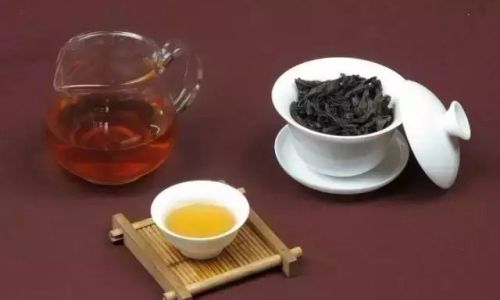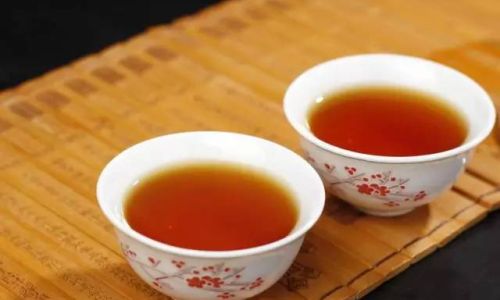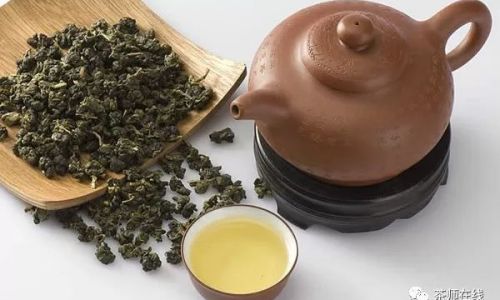White tea, renowned for its delicate flavor, subtle aroma, and minimal processing, has captivated tea enthusiasts worldwide. Often hailed as one of the least manipulated tea varieties, it undergoes minimal oxidation and is typically harvested from young tea leaves or buds, giving it a reputation for purity and freshness. However, amidst the growing interest in preserving this prized beverage, a common question arises: Does white tea need to be refrigerated? This article delves into the science, cultural practices, and expert recommendations surrounding white tea storage to debunk myths and provide clarity.
The Nature of White Tea: Why It Stands Apart
To understand storage requirements, one must first grasp the unique characteristics of white tea. Unlike black or oolong teas, which undergo extensive oxidation and roasting, white tea is withered and dried gently, often in natural sunlight or low-heat environments. This minimal processing preserves high concentrations of antioxidants, such as catechins and polyphenols, which contribute to its health benefits and stability.

White tea’s low moisture content—typically around 3-5%—is another critical factor. Most food items spoil due to microbial activity facilitated by moisture, but white tea’s dryness inherently resists bacterial growth. This natural preservation mechanism reduces the urgency for extreme storage methods like refrigeration.
The Refrigeration Myth: Where Did It Come From?
The idea of refrigerating white tea likely stems from broader misconceptions about tea storage. In many households, refrigerators are seen as universal preservatives, used to extend the shelf life of perishables like fruits, vegetables, and dairy. However, teas—especially those as resilient as white tea—do not fall into this category.
Refrigeration introduces two primary risks: moisture and odor absorption. Refrigerators operate in humid environments, and frequent temperature fluctuations (e.g., opening and closing the door) create condensation. When white tea is exposed to moisture, its leaves can absorb excess liquid, leading to mold growth or a stale taste. Additionally, refrigerators often house pungent foods like onions, garlic, or leftovers, whose odors can seep into the tea leaves, compromising their delicate flavor profile.
Expert Opinions: What Do Tea Masters Say?
Tea professionals and connoisseurs universally advise against refrigerating white tea. For instance, in Chinese tea culture—where white tea originates—storage practices emphasize maintaining the tea’s “qi” (energy) and authenticity. Traditional methods involve storing white tea in airtight, opaque containers made of ceramic, tin, or dark glass, placed in cool, dry places away from sunlight and heat sources.
“Refrigeration is unnecessary and even detrimental to white tea,” says Lin Mei, a third-generation tea master from Fujian Province, China. “The cold alters the tea’s molecular structure over time, dulling its flavor and aroma. Proper sealing and ambient storage are sufficient.”
Similarly, Western tea experts echo this sentiment. “White tea’s low oxidation and dryness make it remarkably shelf-stable,” explains Dr. Elena Thompson, a food scientist specializing in beverage preservation. “As long as it’s kept away from light, heat, and strong odors, refrigeration offers no benefit and only risks.”
The Science Behind White Tea’s Longevity
White tea’s resilience can be attributed to its chemical composition. During withering, enzymes in the tea leaves break down chlorophyll, reducing bitterness and enhancing sweetness. Simultaneously, antioxidants like EGCG (epigallocatechin gallate) stabilize, acting as natural preservatives. These compounds not only delay spoilage but also contribute to white tea’s reputation for improving with age—a trait shared with fine wines or aged pu-erh teas.
A study published in the Journal of Food Science (2021) compared the shelf life of white tea stored under various conditions. Samples kept in airtight containers at room temperature (20–25°C) retained 92% of their antioxidant activity after 18 months, while refrigerated samples showed a 15% decline due to moisture-induced degradation.
When Might Refrigeration Be Considered?
While refrigeration is generally discouraged, exceptions exist in specific scenarios:

-
Extremely Humid Climates: In regions with persistent humidity above 75%, refrigeration might slow mold growth—but only if the tea is sealed in vacuum-packed, moisture-proof containers. Even then, experts recommend alternative solutions like desiccant packets or climate-controlled storage units.
-
Long-Term Aging: Some collectors age white tea for decades, akin to aging pu-erh. However, this process requires stable, moderate temperatures (around 20°C) and low humidity, not refrigeration.
-
Opened Packages: If a partially used white tea packet cannot be resealed tightly, temporary refrigeration might be a last resort—but this is risky and not advised.
Proper Storage Techniques for White Tea
To maximize white tea’s freshness and flavor, follow these guidelines:
-
Airtight Containers: Use opaque, airtight jars or tins made of ceramic, stainless steel, or dark glass. Avoid plastic, as it can leach chemicals and fail to block light effectively.
-
Cool, Dark Environment: Store containers in a pantry, cupboard, or cellar where temperatures remain between 15–25°C (59–77°F). Avoid kitchens near stoves or ovens.
-
Avoid Strong Odors: Keep white tea away from spices, coffee, or other potent-smelling items.
-
Minimal Handling: Frequent exposure to air accelerates oxidation. Measure portions in advance to limit opening the container.
-
Desiccants: Include silica gel packets in large storage containers to absorb residual moisture.

Debunking Common Misconceptions
-
“Refrigeration Preserves Freshness”: While cold temperatures slow microbial growth in perishables, white tea’s dryness renders this irrelevant. Refrigeration may even accelerate staling by causing condensation.
-
“White Tea Goes Bad Quickly”: Properly stored white tea can last 2–3 years without flavor loss, and some aged varieties improve over a decade.
-
“All Teas Need Refrigeration”: Green and oolong teas, with higher moisture content, might benefit from refrigeration in humid climates—but white tea does not.
The Cultural Perspective: Aging White Tea
In Chinese tea culture, aging white tea is an art form. Enthusiasts store “old white tea” (老白茶) for years, believing it develops medicinal properties and a smoother taste. This practice relies on controlled oxidation, where the tea’s flavors mellow and its antioxidant levels evolve. Refrigeration would halt this natural aging process, freezing the tea in time and preventing beneficial chemical changes.
Conclusion: Trust Tradition and Science
The answer to whether white tea needs refrigeration is a resounding no. Its minimal processing, low moisture content, and antioxidant-rich composition make it naturally resilient. Refrigeration poses more risks than benefits, from moisture damage to flavor contamination. Instead, embrace time-tested storage methods: airtight containers, cool darkness, and minimal disturbance.
By understanding the science and culture behind white tea, enthusiasts can savor its ethereal qualities for years to come—no fridge required. Whether you’re a casual drinker or a seasoned connoisseur, respecting the tea’s innate stability ensures every sip remains as pure and delicate as the day it was harvested.






0 comments